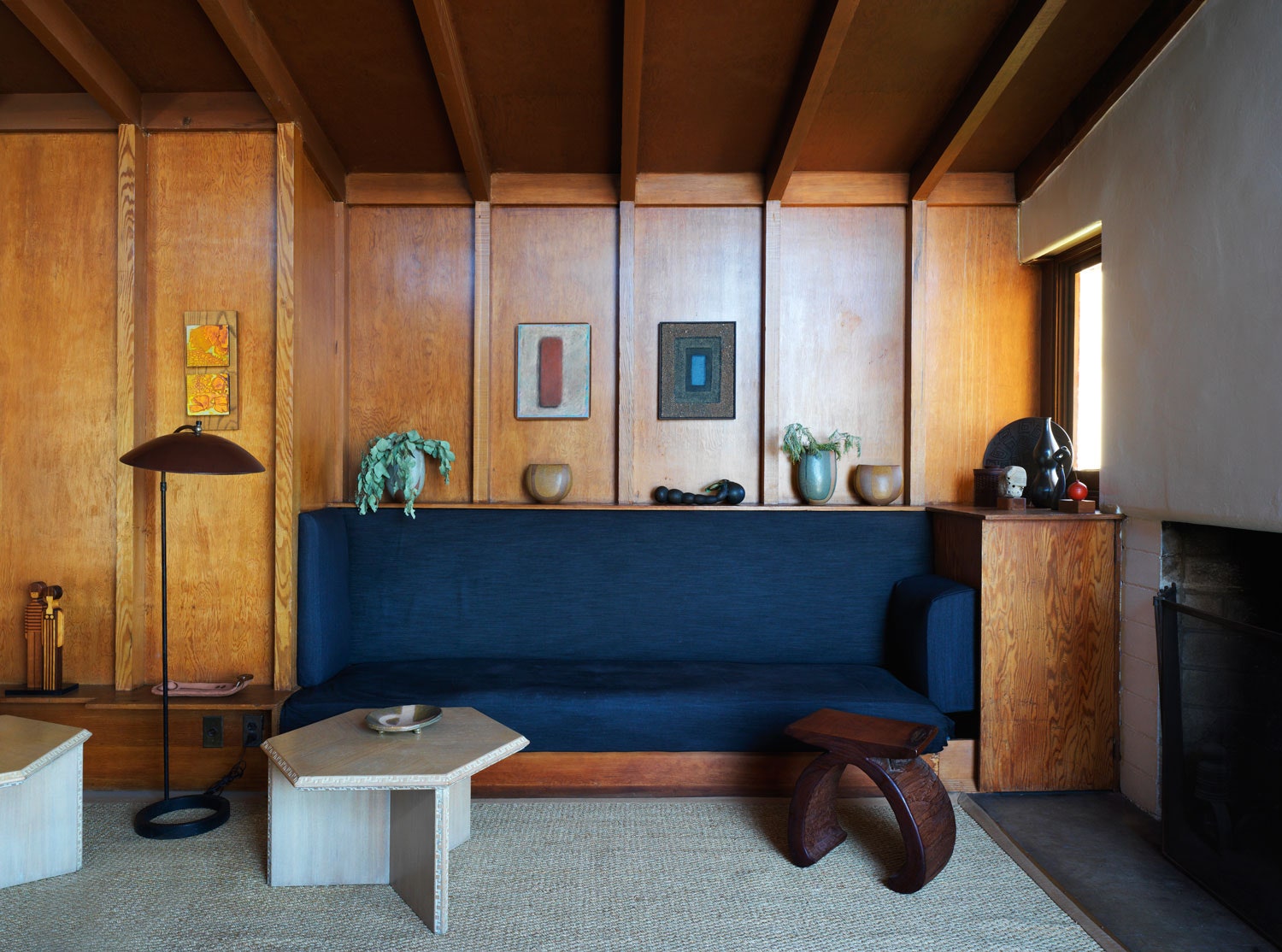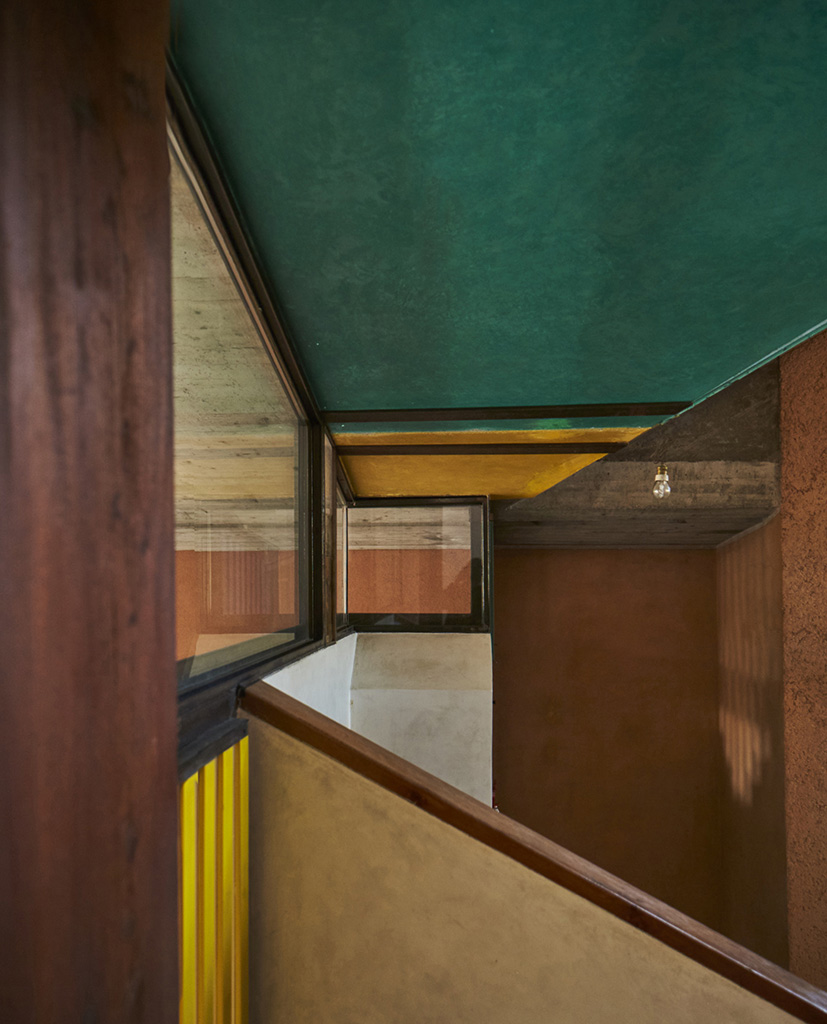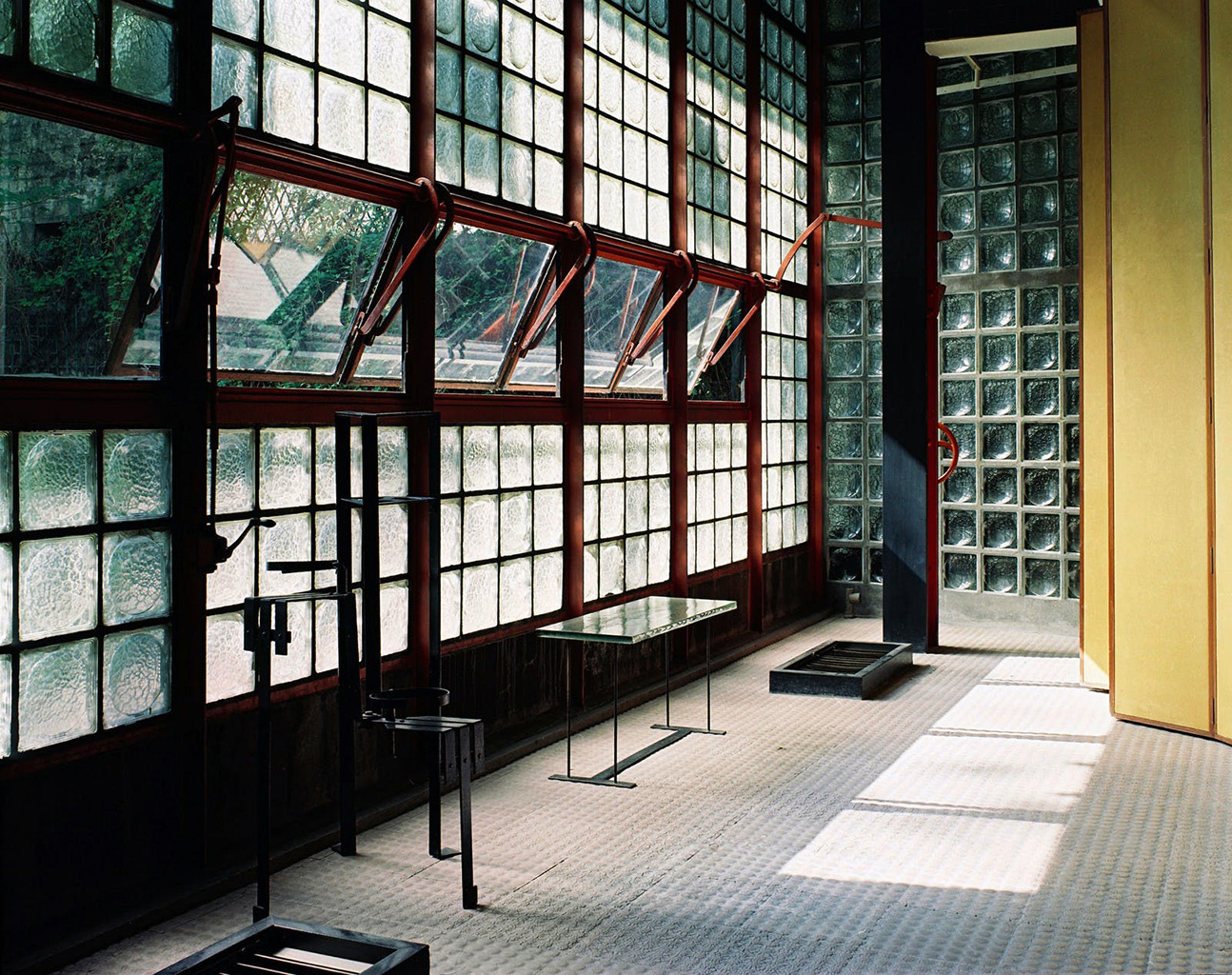Meta-, in Greek, means “beside”, “beyond”. At Metasus we reach beyond the dialogue on sustainable design and embed it into our philosophy. Metasus Design is a community of designers who share a broad outlook on sustainability. Energy efficiency, social justice, environmental protection, economic development, cultural expression--all these factors are a necessary part of sustainable design. Everything that people make--cities, buildings, tools, works of art--should reflect a holistic perspective about life on earth. Metasus designers place a high value on energy and resource efficiency, durability, adaptability, environmental health, natural diversity, craftsmanship, and cultural significance. Their work is a challenge to consumerism and the myth of limitless economic growth.
Sustainable design is entering its third generation. The first revolution, in the 70's, was driven by new ideas in passive and active solar design and the need to reduce dependence on fossil fuels. The second revolution, still underway, has been driven by improved energy- and performance-modeling technologies to improve the liveability of sustainable buildings, and to reduce our carbon footprint. The third revolution, just beginning, is more holistic. Sustainable design is not just about energy efficiency and the reduction of CO2, although these remain important.
Threats to environmental and social health are more extensive and complex than the problem of increased CO2. We see the consequences in air pollution; erosion and loss of soil fertility; destruction of natural habitat; species endangerment; scarcity of potable water; unrest due to resource competition and growing income inequality; loss of cultural heritage and identity due to generic urbanization; and the increased vulnerability of social structures due to dependence on complex technological systems.
All these threats to societies and the planet are interlinked. Sustainable design should acknowledge all of these issues as we come to realize that a multi-faceted response is likely to be the most effective. Metasus designers think across disciplines and across scales. Both traditional solutions and new technologies are useful, depending on the situation. Sustainable societies respect future generations by making the necessary adjustments to development and consumption patterns in order to pass on a world no less healthy or abundant than the one they have experienced.
Sustainable design helps everything flourish--cultures, communities, individuals, and the planet--without selfishness or a preference to any one society, generation, or species.
Philosophy
Inspiring projects
Belle Epoque Brasserie
The design of Belle Epoque is a meditation on the industrial era in Continental Europe (1870-1930), a period where tradition met scientific development and handcraft techniques were challenged by industrial processes. Mankind began to explore creative possibilities latent in new methods and materials; the result was a synthesis of artistic sensibility and mechanical power. At this stage, when industrialization showed its potential to dominate and threaten the natural environment, a counteracting dream, art nouveau, began to take hold: the desire to express a world transformed by the organic life force.

Villa for an Industrialist
House for an Industrialist, Shenzhen, 2009. This interior renovation of a 700 m² villa embodies new ideas about craft, geometry, and ornament. Installations on the ceilings, floors, and walls are built up of custom-fabricated repetitive elements: sculptural ceramic tiles, anodized aluminum branches, lacquered hardwood spindles, marble floor tiles, woven rattan panels… hundreds of these elements are arranged in non-repetitive patterns. The visitor's experience unfolds musically as he or she explores the space. One theme that emerges is the dome: from the entry vestibule to the most private spaces, various types of domes are encountered. One goal of the project was to demonstrate the high skill level of Chinese craftspeople.

An Apartment by R. Schindler
In this apartment by Rudolph Schindler, the wood-paneled walls and natural light create a comfortable space that brings us closer to nature. A stool by J.B. Blunk sits in front of the built-in sofa, next to a pair of Frank Lloyd Wright tables.
A seamless integration with nature is one of Schindler’s values in architecture and can be found in most of his projects across Southern California.

Casa Tabarelli
Hidden in the slopes of the vineyard village of Cornaiano near Bolzano, Italy is Casa Tabarelli, a modernist masterpiece designed in 1968 by Carlo Scarpa and Sergio Los for the Tabarelli family. The spacious interior is dominated by a colorful abstract ceiling that creates rooms with varying ceiling heights. Many of the masterful works within the house combine art and function, such as the entrance gate made from orthogonal metal rods, the steel abstract kinetic sculpture, and the sliding wall with painted geometry and hinged panels.

The Second Goetheanum
Rudolf Steiner’s second Goetheanum, completed in 1928, is situated in the mountainous region of Dornach, Switzerland, Steiner’s first Goetheanum was completed in 1919 and comprised primarily of sculpted wood. but after only a few years, it burned down by arson. Steiner designed the second Goetheanum as an illustration of ‘a new style of architecture. it represents a pioneering use of visible concrete in architecture, particularly in its achievement of sculptural shapes on an architectural scale.

Maison de Verre
Maison de Verre (House of Glass), a live/work house built bewteen 1928 to 1932 in Paris for Dr. Jean Dalsace, is a masterpiece of 20th-century modernist architecture. The design was a collaboration bewteen Pierre Chareau (lead architect and interior designer), Bernard Bijvoet (architect) and Louis Dalbet (metal craftsman). Much of the intricate moving scenery of the house was designed on site as the project developed. The beautiful interior of house is unique for the wonderful uses of various industrial materials and custom mechanical fixtures juxtaposed with traditional home furnishings all illuminated by the dramatic light glowing through the translucent glass-block façade.
